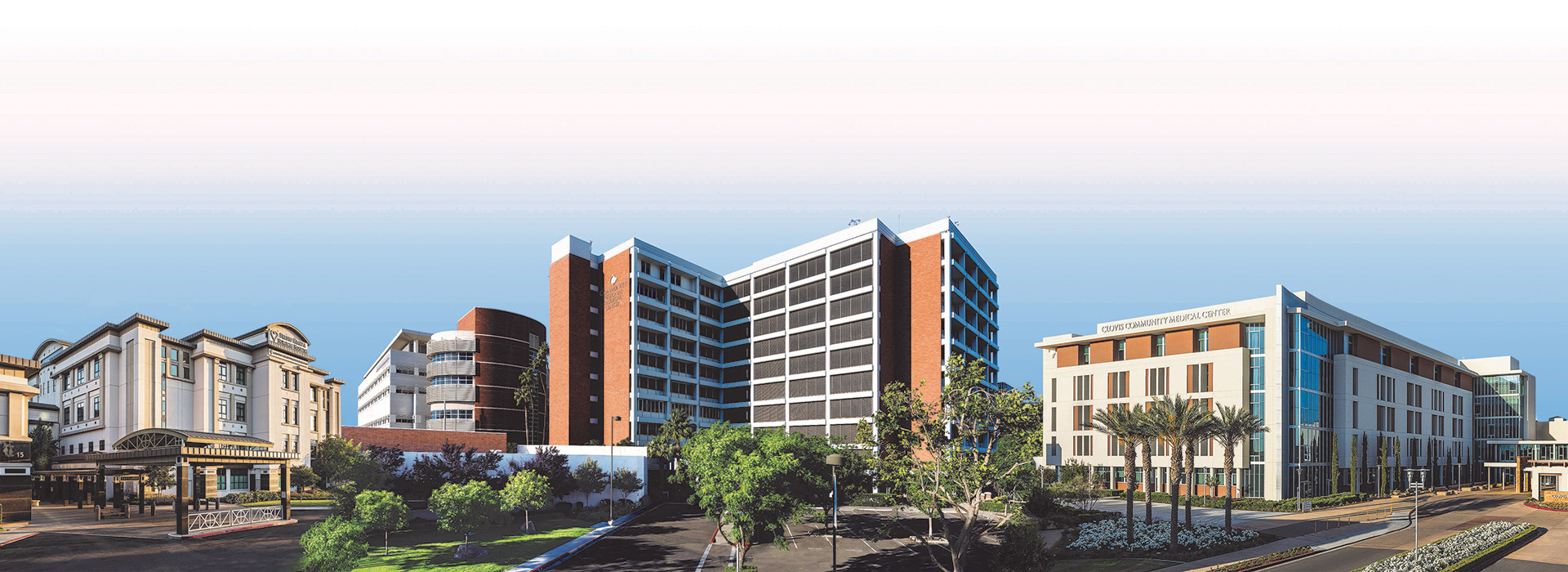Tremors would tip him off. Then anxiety would creep in, tightening his stomach and making his heart pound. Then, Paul Yepez said, he felt like he was going to explode with pain and he’d usually drop to the ground twitching and moaning.
For a decade the 54-year-old former hospital environmental services worker circled in and out of violent withdrawals that drove him back to the opioids he was trying to stop. He hit bottom in July 2019, out of work after a back injury, kicked out of his home because of his erratic behavior and sleeping in a park. “I just couldn’t take the withdrawals anymore. I tried to kill myself by slitting my wrists,” Yepez said.
He ended up in Community Behavioral Health Center and lied about stomach pains to get a transfer to the emergency department with the hopes of getting pain medication to stave off another withdrawal attack. It was there, doubled over in pain, that Yepez encountered his saviors – Dr. Rais Vohra and addiction navigator Chaia Vang.
Providing instant aid and long-term encouragement
Any time of the day or night, people struggling with opioid addiction can walk into Community Regional Medical Center’s ER and find relief from cravings and withdrawal symptoms – and help getting right into an addiction recovery program.
“They gave me a pill to put under my tongue and dissolve. Within 5 minutes I’m a different person. It is a miracle drug,” said Yepez, about the suboxone Dr. Vohra provided and makes sure Yepez continues to take daily.
As one of 53 clinical sites participating in California’s grant-funded BRIDGE program, Community Regional is creating easy access and encouragement for patients to enter and remain in treatment. Vang visited Yepez daily while he was recovering in the hospital from his suicide attempt. When he was ready to be discharged she met him at an addiction recovery program to help him enroll and make sure he could continue his daily suboxone to suppress withdrawal symptoms and help him recover from opioid use disorder.
“As an emergency medicine doctor and specialist in toxicology I've seen the destruction that opioid use disorder has on our patients and the despair they feel. We now have new hope to offer these patients,” said Dr. Rais Vohra, who helped establish the BRIDGE funding for Community. Dr. Vohra is a UCSF Fresno professor of emergency medicine and clinical pharmacy who sees patients at Community Regional. He’s also medical director of the California Poison Control System and interim Fresno County Public Health Officer.
Creating a safe respite from cravings
“The much safer thing you can do is come to the hospital and take buprenorphine (the active component of suboxone), rather than going out and looking for stronger drugs like fentanyl,” Dr. Vohra said.
Even though California has among the lowest prescribing rates in the country for opioids, deaths involving heroin and fentanyl, street versions of opioids, were increasing in 2018. And an estimated 45% of drug overdoses that year involved opioids, more than 2,400 fatalities.
Dr. Vohra estimates he and his addiction navigator Chala Vang saw 20-30 patients a month in 2019 and have helped more than 300 so far in the pilot project funded by California Department of Health Care Services. Vang helps patients with insurance paperwork, transportation directly to drug rehab, or referral for follow up care in the community.
Patients receive buprenorphine with the active component suboxone to control withdrawal symptoms and stop cravings for opioids. Yepez said he was grateful for the way Dr. Vohra explained this medication to other physicians, such as his primary care provider, and how necessary it is for recovery.
“We’re trying to change the culture of how we talk about opioid addiction,” said Dr. Vohra. “No segment of society has been spared. It’s time for all of us to talk about it in a compassionate way that doesn’t stigmatize people who are addicted. Treating it early is the best way to do this.”
From horrifying to hopeful
Yepez’s opioid use disorder started with a prescription from a doctor for Tramadol to help with pain connected to a slipped disc. When he realized he had become addicted and needed more than the 2 pills a day he’d been prescribed, Yepez sought help – five times from various addiction recovery programs. But regular treatment that relies on talk and behavior modification didn’t help him with withdrawals.
“I wasn’t doing pain pills to get high. I was just trying to get rid of the withdrawals,” Yepez explained. He described what happened when he couldn’t find pills on the street: “It’s the worst. Horrifying. It feels like my body is going to pop and I start screaming and hallucinating… I can’t control my body and I start rolling on the ground and twitching.”
Yepez wishes he’d been better educated about how quick opioids can take hold of a body. He said he’d taken the word of that first prescribing doctor that Tramadol wasn’t addictive. “I knew about heroin and cocaine and meth being bad,” he said. “I remember a friend who told me ‘Be careful, you know pills are more addictive than street drugs.’ They were for me.”
But with an every-morning dose of buprenorphine with suboxone, Yepez is done with his violent withdrawals and cravings for pain pills. He’s back with this wife of 34 years and mending relationships with his children. He hopes someday to return to work. “My wife says ‘I can’t believe you are here.’ It’s for a purpose,” he said.
Read more about how Community is working to create a healthier community on our social responsibility page. Sign up for the monthly Community@Work newsletter to stay informed.




.jpg)


